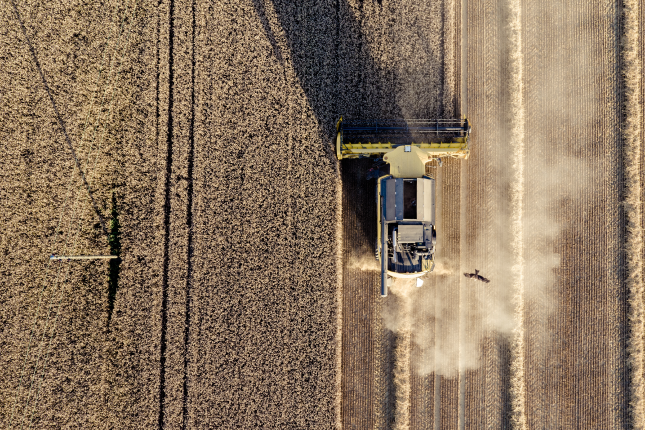We talk a lot about how our analyzers are designed to help businesses and organisations perform better, make superior products and improve quality and productivity. As a product manager those are all things that are important to my job here at Hitachi High-Tech to ensure our analyzers fulfil their role. But what gets even more exciting is when our equipment is used to make a real impact on society. Having a part in solving the hidden hunger problem is just one example of how our technology is helping to change the world.
Hidden hunger is the term given to a diet that lacks essential nutrients, causing health problems in the populations that depend on those diets. It’s a common problem in developing countries among rural populations that live on diets comprised of a single plant-based food type, such as legumes, tubers or rice. Over 2 billion people worldwide suffer with hidden hunger and the associated health implications, including: blindness, illness, impaired mental development and premature death.
In developed and urban populations, nutrient deficiency can be addressed by providing supplements and commercially marketed fortified foods. However, reaching more rural populations is more difficult. A programme of biofortification is trying to address this problem. Biofortification is where the density of vitamins and minerals in a crop are increased through plant breeding programmes. Tests have shown that when biofortified crops are eaten on a regular basis there’s a significant improvement in the nutritional status of the local population.

A recent example of a biofortification programme is developing potato tubers with a high zinc and iron concentration. The challenge for the researchers is how to reliably estimate the zinc and iron concentration within each crop of potatoes. As soil type, environment and the potato cultivar itself all affect the final nutrient content, many in-the-field trials are needed until the right conditions can be pin-pointed for reliable crop cultivation. And this is where X-ray fluorescence (XRF) comes in.
The most accurate method of measuring mineral levels in crops is with a technique called ICP-OES (inductively coupled plasma optical emission spectrometry). But it is a difficult technique that needs extensive sample preparation, uses chemicals, and needs highly skilled staff to operate the equipment. In contrast XRF is easy to use, can be used by anyone with minimum training, and the analysis can be carried out directly on the sample without the use of any chemicals.
The potato tuber research uses our X-Supreme8000 to analyse the iron and zinc content of biofortified potato tuber crops grown in Peru. The XRF analysis technique has proved to be extremely effective and is allowing potato breeders to quickly analyse vital mineral content.
Technology has the power to help solve the world’s issues and changing the world for the better is important to Hitachi as a company. Because it’s totally safe and doesn’t affect the sample at all, XRF is perfect for food analysis. As well as potato tubers, our equipment has been used to develop mineral-dense rice, wheat-grain and chickpeas in developing countries. It’s also used for quality control of other food products, such as making sure the iron content in cocoa is within specifications.
At a time when hunger is still widespread and toxic substances are found in our food chain, it means a lot to us that our equipment is being used to help keep food safe and nutritious.
‘Potential and Application of X-ray fluorescence spectroscopy to estimate iron and zinc concentration in potato tubers’. Sosa et al, Journal of Food Composition and Analysis, Volume 70 – July 1, 2018.
HarvestPlus website